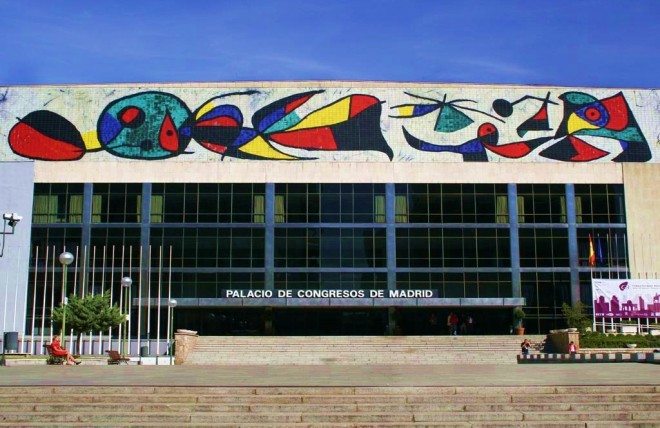(And why that matters)
Here begins a number of posts drawing on themes raised in Searching for the Catastrophe Signal.

The Working Group 1 First Assessment Report was written not by the IPCC delegates but by scientific experts. When first presented for approval to the Panel, it was already a commercially published volume. The Brazil-lead revolt at that meeting soon resulted in a new intergovernmental negotiating committee completely separate from the IPCC and its parent bodies, and this committee then proceeded to replace the IPCC with its own subsidiary advisory body. Other difficulties related to the Houghton transformed of the assessment process only become apparent during the IPCC’s second and later assessments.
Have you ever wondered:
- Exactly who are the panelists on the Intergovernmental Panel on Climate Change?
- Is the IPCC the author of its own reports?
- Is it made up of scientists?
The answers to the last two questions are: ‘No’ it does not write its own reports, and; ‘No’ there are not many scientists on the panel.
What we call the IPCC is a revolving panel of government delegates, a few of whom have been scientists, others were science administrators, others had some science training. In short, over its 30 year history, few of the Panelists had much experience in the climate sciences. Not that that matters so much, because they do not undertake the IPCC assessments nor do they write the reports. Elected experts do that for them. All they do is ‘accept’ the expert reports and approve a summary.
This is why when the Panel shared the 2007 Nobel Peace Prize, it was so ridiculous that Michael Mann should claim to have shared the Nobel Prize with other scientists who undertook the assessment. Surely he knew that none of them were on the Panel! But his confusion also points to the peculiar design of the entire assessment process, which has contributed over the years to particular difficulties at both the political and scientific interfaces.
The transformation of the IPCC from its mandated design
In fact, the IPCC was originally supposed to write its own reports. Continue reading




